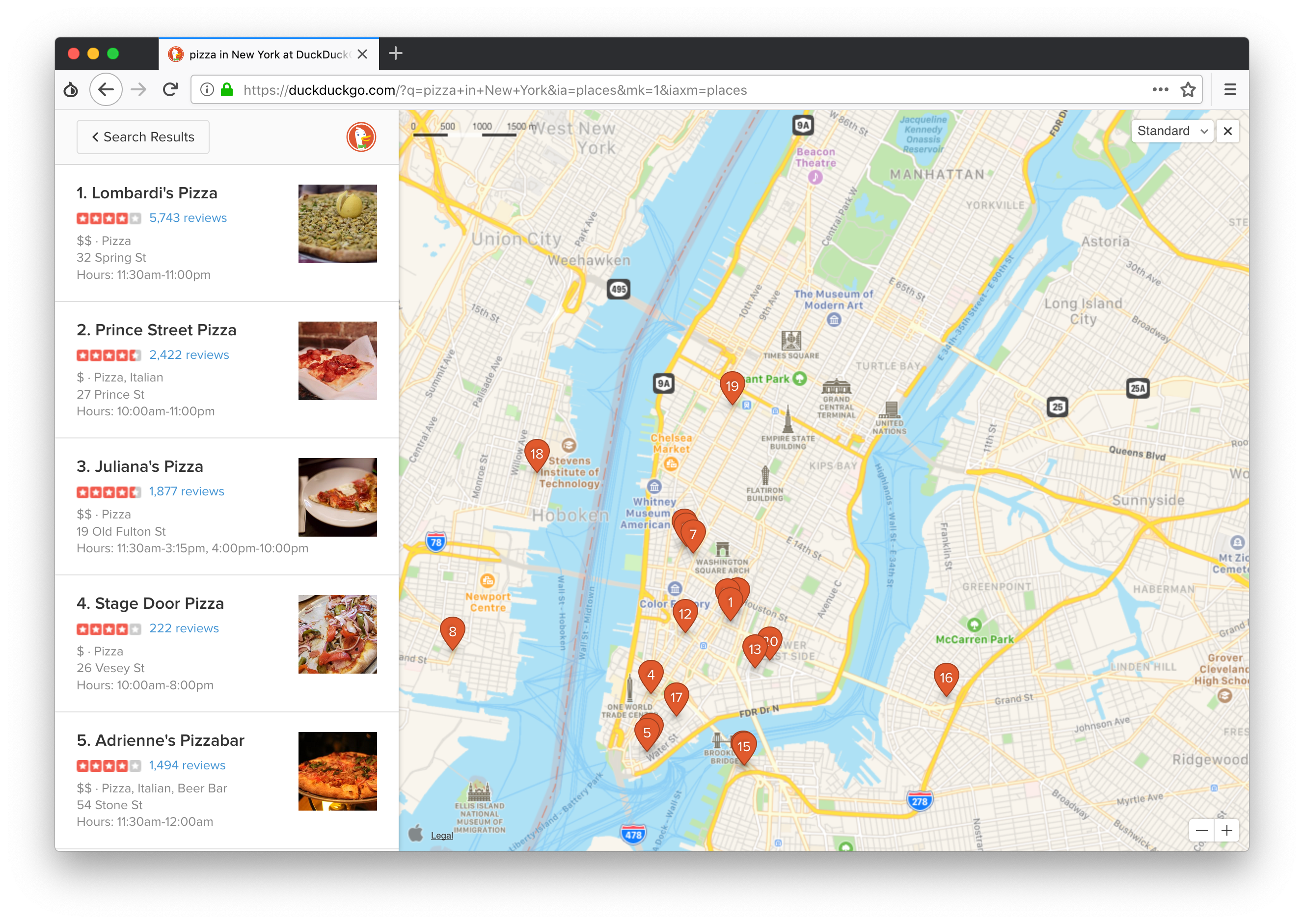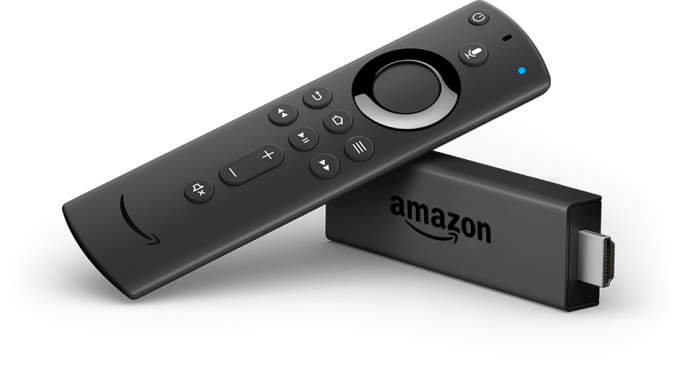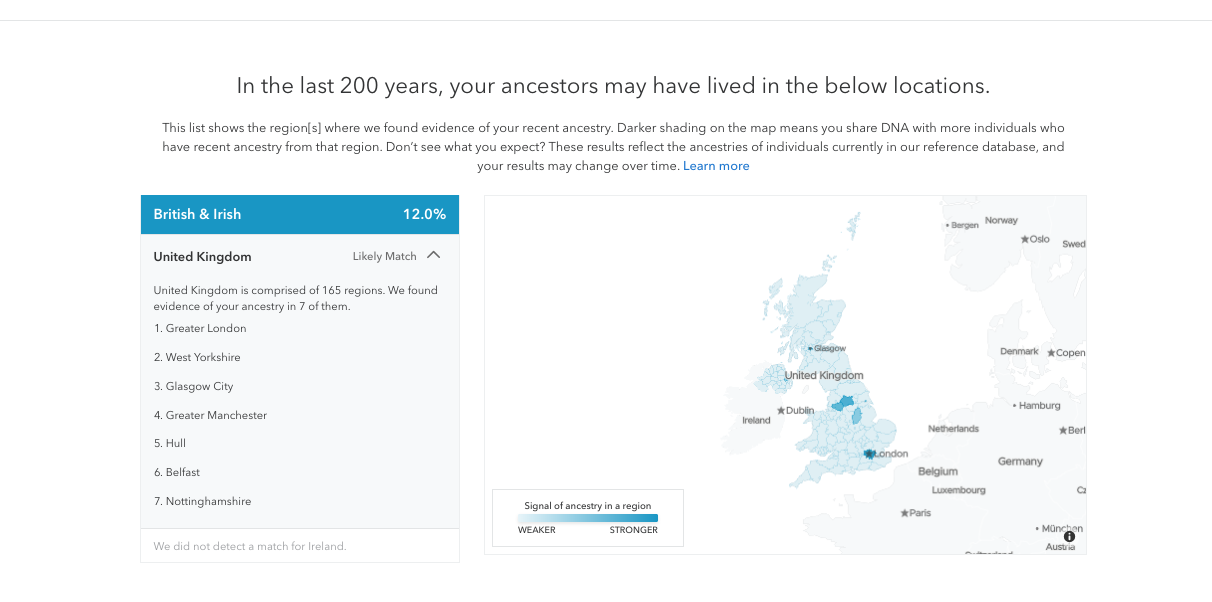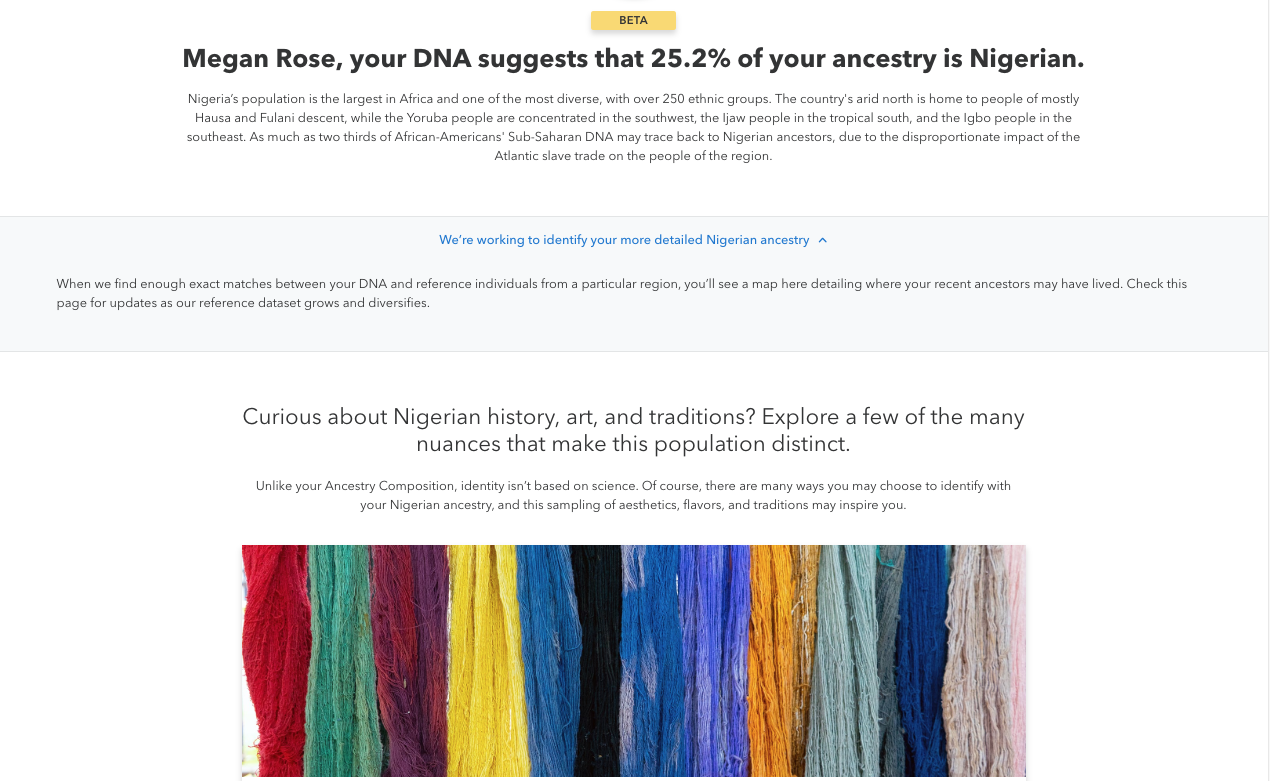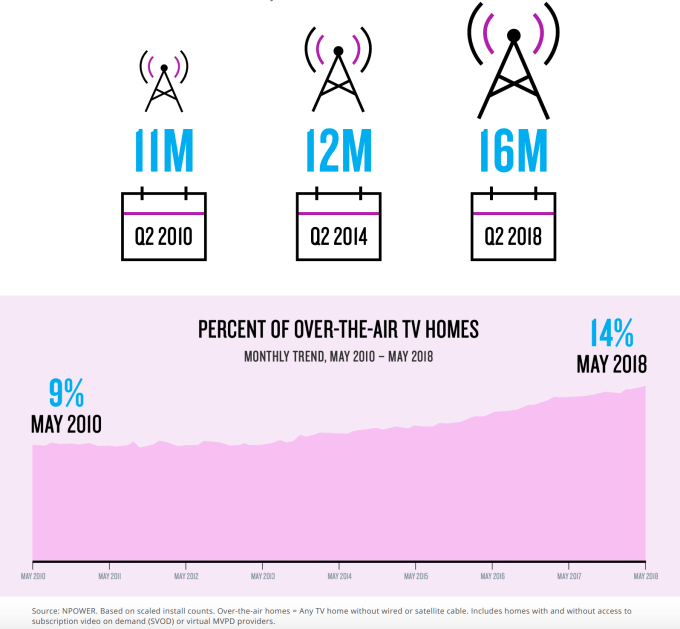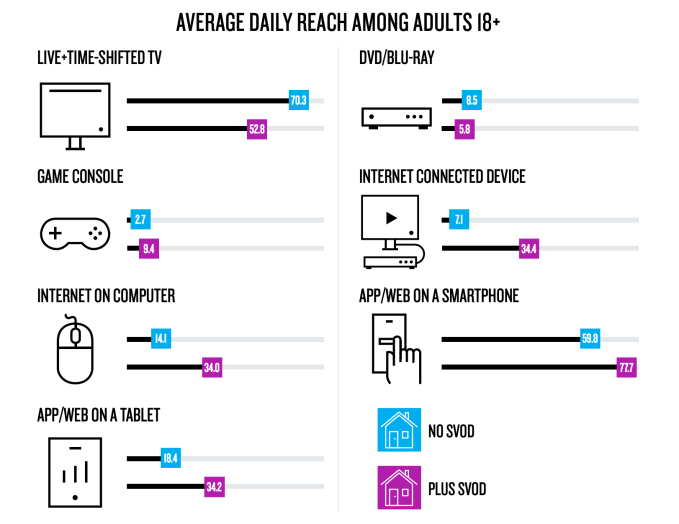The Daily Crunch is TechCrunch’s roundup of our biggest and most important stories. If you’d like to get this delivered to your inbox every day at around 9am Pacific, you can subscribe here:
1. Netflix will raise prices for US subscribers, with its most popular plan going up to $13 per month
For the most popular plan (which includes high-definition streaming for up to two devices simultaneously), the price will increase from $10.99 to $12.99 per month. Meanwhile, the one-device plan will go up to $8.99 per month, while the four-device plan goes to $15.99.
It seemed inevitable that Netflix would have to raise prices to fund its continually growing bill for original content. At the same time, companies like Disney, AT&T/WarnerMedia and NBCUniversal all plan to launch competing services, which probably means they’ll be less interested in licensing their content to Netflix, and will charge a heftier fee when they do.
2. German court tosses Qualcomm’s latest iPhone patent suit
The chipmaker had argued Intel -powered iPhones infringed a transistor switch patent it holds. But in an initial verbal decision the court disagreed. Qualcomm has said it will appeal.
3. Turns out the science saying screen time is bad isn’t science
The paper, by Oxford scientists Amy Orben and Andrew Przybylski, amounts to a sort of king-sized meta-analysis of studies that come to some conclusion about the relationship between technology and well-being among young people. Their concern was that the large data sets and statistical methods employed by researchers allowed for anomalies or false positives to be claimed as significant conclusions.
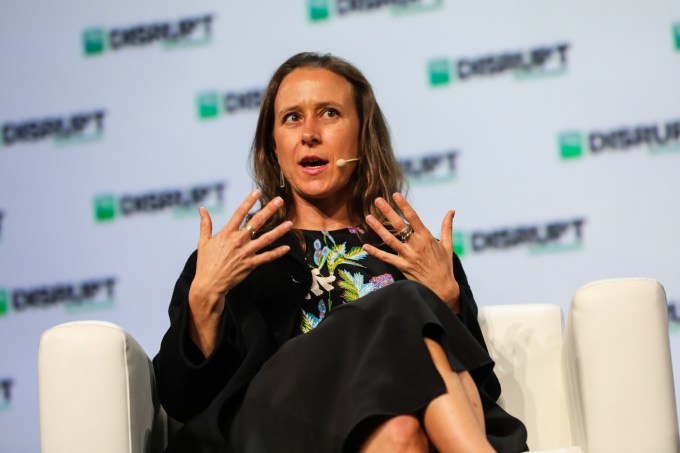
4. 23andMe updates its ancestry reports, but they’re still not perfect
Starting today, customers will be able to see more granular ancestry results from more than 1,000 regions, as well as 33 population-specific pages about cultural information.
5. Facebook says it will invest $300M in local news
The company says the investments will go into two broad areas — supporting journalists and newsrooms in the newsgathering process, and helping them build sustainable business models.
6. Pandora launches a personalized voice assistant on iOS and Android
The feature will allow you to not only control music playback with commands to play a specific artist, album, radio or playlist, but will also be capable of delivering results customized to you when responding to vague commands.
7. TikTok is giving China a video chat alternative to WeChat
ByteDance, the world’s most-valued startup, just launched a new social media product under its Douyin brand in what many people see as a serious attempt to challenge WeChat.


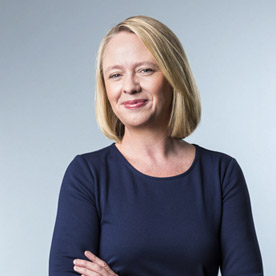 “I have to say that I’ve often been the only female at every executive table I’ve been at,” she told me. “It’s a pretty normal situation for me. I’m happy to be that person. I think with that role comes great responsibility, so I have worked hard throughout my whole career to help mentor women in the organization. I try and really pay particular attention to all levels of the organization and where there is a drop-off.”
“I have to say that I’ve often been the only female at every executive table I’ve been at,” she told me. “It’s a pretty normal situation for me. I’m happy to be that person. I think with that role comes great responsibility, so I have worked hard throughout my whole career to help mentor women in the organization. I try and really pay particular attention to all levels of the organization and where there is a drop-off.”